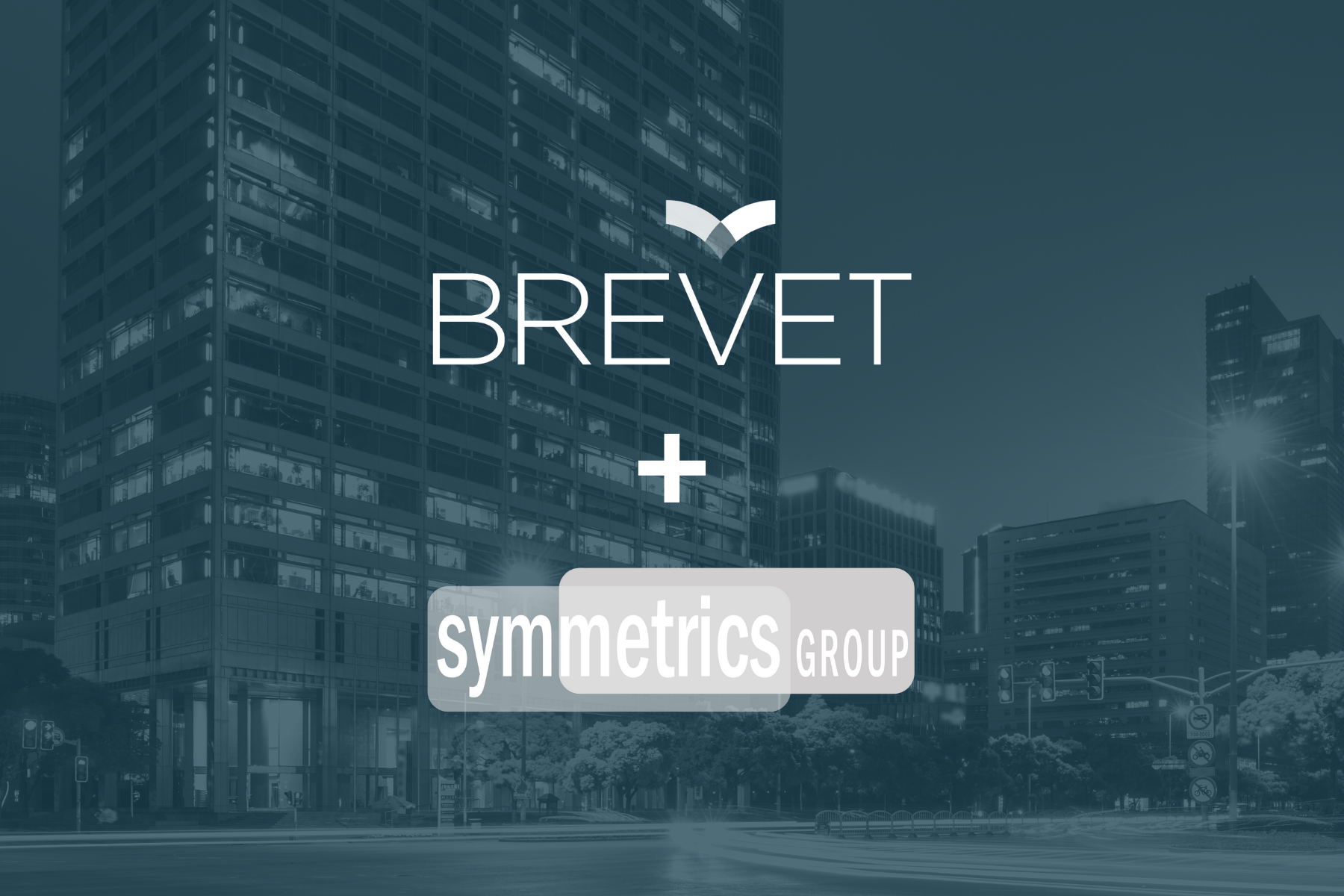Despite all the hype around social selling, a recent Brevet Group study showed that less than 50 percent of salespeople are actively using social media as a selling tool. We've talked to many sales managers, and although some are aware of the benefits surrounding social networking, the majority do not use social selling as an integrated part of their sales strategy.
We know you’ve got a lot on your plate, but it's time to stop ignoring the big social media opportunity. This video is a first in a series of quick tutorials designed to help you and your sales team get started with social selling with LinkedIn. Too many sales professionals simply load up their basic resume into LinkedIn and hope for the best. This video breaks down the steps to setting up an effective profile by outlining ways to use the social platform to support your selling.
Video transcription
Welcome to Social Selling with LinkedIn. This is the first part of our video series that will help you develop your professional social networking skills so that you can turn LinkedIn into an essential lead generation tool. We’ll begin by setting up your profile.
Setting up your LinkedIn profile
Your profile is a snapshot of the brand you are sharing with the world -- the public facing summary of who you are, what you represent, your professional history, and your areas of expertise. You want to attract attention to your profile, which means you want your profile to come up high on the first page of search results for related keywords on LinkedIn when others are searching for someone with expertise that you can provide. So your objective is to set up and optimize your profile so that someone, like a potential prospect, will choose your profile from several search results.
Optimizing your LinkedIn profile
Optimizing your LinkedIn profile has a big impact on social selling with LinkedIn and starts with knowing the keywords potential clients use to find people who do what you do. If you were your potential client and were searching in LinkedIn, what would you be searching for? Think about your expertise, your product, and your market and come up with a list of 5-10 keywords. You will refer to this keyword list as you complete the various sections of your profile.
10 parts of a great LinkedIn profile
Let’s get started. We will focus on the 10 most important parts of creating a good Sales Professional profile.
- Photo – Adding a LinkedIn profile picture makes you 7 times more likely to be viewed by someone. The heart of social media is about people-centric networking. Without a photo, it’s as if you don’t exist and this will make it harder to gain credibility with those that you want to engage. People are much more likely to contact you if they can put a face with a name. What type of photo should you post? Post a professional photo of yourself. A good rule to follow in photo selection is that your choice of clothing should be what you’d wear in the presence of clients or potential customers.
- Name – You may notice that some people choose to only show the first initial of their last name. LinkedIn gives you this option for privacy purposes. But quite honestly, with the reach of social media today if you are online, your life isn’t private. Having an online presence without revealing yourself can potentially turn people off from looking deeper into your profile. So, post your entire name.
- Headline – Your headline is the important real estate that appears next to your name in search results. Its wording may determine whether a new potential client searching through LinkedIn contacts you. Your headline should be customized to align with your objective for being on LinkedIn. Enter searchable keywords to increase your visibility. Search for others who may have similar objectives or professional backgrounds for headline inspiration. LinkedIn allows you 110 characters in your headline.
- Location – This field is used in searches when trying to locate someone or some service that is a certain distance from an address. Classify yourself as living where your market is. If you live in one zip code, but your business is in another, use the zip code of your business. If you sell to a specific territory, use a zip code that belongs in that territory, even if your “desk” is not located there.
- Industry – This can be a bit tricky, as you are being asked to label yourself into a silo and many of us work for companies that belong to multiple industries, so it’s a little difficult to pick just one. Your best bet is to employ a similar strategy to picking location and choose the industry where the majority of your business is. Also, take a look at what other sales professionals in your company and competing companies have chosen to get some ideas.
- Summary – This is your chance to tell the world who you and your company are. Go into more detail about your professional background by describing your expertise in the industry, products, or discipline about which you hope customers will contact you. If there is a keyword with which you want to be associated when people conduct a search, make sure you include it in your summary as this is the most suitable place for it. Another helpful tip is to ask your marketing department if they have a keyword-optimized template about your company that you can include in your summary.
- Experience – Don’t just list companies and job titles you currently or previously had, but spend some effort to thoroughly write about your experiences and areas of expertise at each company. Again, write in keyword-rich terms. As you start adding your professional experience, your current position is what will appear at the top of your profile. In addition to that, you need to add at least 2 past positions in order to fully complete your profile.
- Education – This is your opportunity to show off your alma mater. This section is particularly useful for sales reps because it gives you an opportunity to easily connect with many alumni. People you met in classes or parties may now be the decision-makers at companies you’d like to target. This section isn’t limited to high school, undergraduate, and post-graduate education. You should also list any vocational education and certification courses.
- Websites and public profile URLs – include the website of your company, and if you sell a specific product, you should also include the landing page for that product. When you create a LinkedIn profile, you are given an automatically generated URL for your profile. You can customize this URL so that your public profile can include your name. Custom public profile URLs are available on a first come, first serve basis and significantly increase your profiles SEO value.
- Contact info – Don’t leave this area blank. you should share your contact information. Make it easy for potential clients to contact you. If you don’t want to show your phone number, a business email address is sufficient. Consider including information on how best to contact you -- what times are best? And when and how should people expect a response?
LinkedIn profile completeness
The most important variable in the LinkedIn search algorithm is profile completeness. So, in order to optimize your LinkedIn presence, you need to make sure that your profile is 100% complete. There are 4 levels of profile completeness: Beginner, Intermediate, Expert, and All-Star. The profile sections you need to complete to get to ‘All-Star’ status, which means that you are 100% complete, are: your industry and location, current position with description, 2 past positions, your education, a minimum of 3 skills, a photograph, and at least 50 connections.
Building LinkedIn connections
Now, let’s talk about building out your connections. This is also an important part of social selling with LinkedIn. The true power of LinkedIn is the ability to create a network of people you may not know personally. You want to create a large network, as the more connections you have the more potential opportunities for business. Having a large network is beneficial as it makes you appear approachable, credible, and active to others that run across your profile. People on your LinkedIn network are called connections and your network is made up of 3 different types of connections: 1st-degree, 2nd-degree, and 3rd-degree connections. To learn more about these, check out our Linked-In connections tip sheet.
Who you should connect with on LinkedIn?
Your professional network should include a long list of people that include former classmates, former and current colleagues, business partners, past and current clients, personal friends, and just about anyone else with whom you’ve come in professional contact. Connecting is quite easy. Once you find a person you want to connect with, just click the “connect” button. LinkedIn also allows you to upload all your email contacts. You can do this using almost any email domain: Google, Yahoo, Hotmail… and over 20 others. In addition, the People You May Know feature will help find more professionals with whom you have many common connections.
How many LinkedIn connections should you have?
You may be wondering: How many connections should I have? A rule that I like, which comes from social media expert Neal Schaffer, is to multiply your age by 10. This should be the minimum number of connections you have. The logic behind this is that as you grow older you meet more people and your network grows as well. With that, you should now be set up with a profile and have started to form your LinkedIn network. Remember to update your LinkedIn profile regularly and continue to look for connections that will help you grow your network.
About The Author
 Researcher, consultant, and sales leader, Brian uses a data-driven approach to drive sales effectiveness. His clients include leading sales organizations in financial services, technology, healthcare, and professional services. Using insight from academics and change management, Brian helps senior leaders and sales enablement teams understand and succeed in today’s more demanding market. His research has been published in Harvard Business Review and other outlets.
Researcher, consultant, and sales leader, Brian uses a data-driven approach to drive sales effectiveness. His clients include leading sales organizations in financial services, technology, healthcare, and professional services. Using insight from academics and change management, Brian helps senior leaders and sales enablement teams understand and succeed in today’s more demanding market. His research has been published in Harvard Business Review and other outlets.



